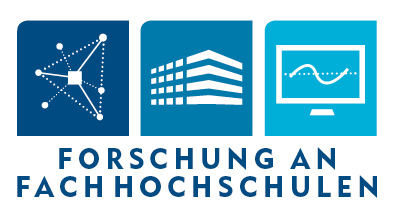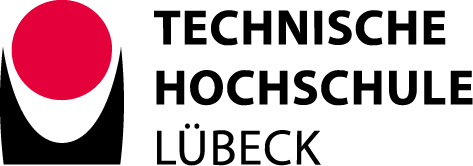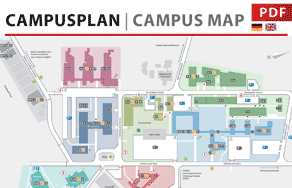SOFT
Self-organizing RF Transmission
| Duration: | 01.07.2009 - 31.10.2012 |
| Project Leader: | Prof. Dr.-Ing. Horst Hellbrück |
| Staff: | Dipl.Ing. (FH) Tim Esemann |
Background

Fig.1: Patient Monitoring with wireless
Sensors.
With the increasing capability of embedded systems and proceeding integration of hardware including sensors and actuators, new systems for medical technology can be deployed. Wireless technologies enable comfortable ease of use and a resulting consumer acceptance, especially in case of mobile applications. Wireless standards for mobile applications are IEEE 802.15.4 (ZigBee) or Bluetooth. Due to the emerging field of wireless applications in medical technology our research is focused on these wireless technologies.
Objective

Fig.2: Usage of free Frequency Spectrum
Future wireless medical applications need to guarantee interoperability and therefore ensure coexistence with other wireless systems. Coexistence means that two or even more concurrent radio transmissions do not interfere or disturb each other. Technical target of this project is to improve the reliability of future-proofed radio transmission with cognitive radio by ensuring the coexistence of present and future standards. The focus of this project is on modeling and software-architecture as well on developing new algorithms and protocols for a self-organizing radio transceiver.
Medical Applications with Radio Transmission
One target of this project is to investigate the performance of already implemented wireless transmissions under impact of interference by concurrent transmissions. These investigations involve simulations and measurements. The obtained results are use for new modeling and development of a self-organizing transceiver.
Cognitive Radio
A Cognitive Radio recognizes the radio environment and the current conditions for radio transmissions. Due to this information the transmission parameters are selected dynamically. Through this the coexistence of concurrent radio transmissions is improved.

Fig.3: Concept of Software Defined Radio.
Software Defined Radio
In a Software Defined Radio only the frequency mixing and the analog to digital conversion is implemented in hardware. Complete signal processing in the base band is performed in software. This enables flexible extension of a traditional transceiver to a self-organizing transceiver where transmission parameters can be selected due to the concurrent radio environment and conditions.
Further Consideration…
Within this project a software defined radio platform was build up. This platform offers multiple fields of application for study projects and theses. Furthermore it is used for teaching to explain students the theory of signal processing for radio transmissions.g verbessert und somit die Zuverlässigkeit der Funkübertragung erhöht.
Project partnerThe TGZ project is being carried out in cooperation with the ‘Centrum Industrielle Biotechnologie’ (CIB) at Lübeck University of Applied Sciences and the BioMedTec Wissenschaftscampus. It is part of the ‘Kooperationsmanagement der Gesundheitstechnologie am Standort Lübeck’ funding programme, which is financed by the ‘Landesprogramm Wirtschaft’ of the European Union, the federal government and the state of Schleswig-Holstein. | Founded by | |
| Bundesministerium für Bildung und Forschung
| |
Institut für Telematik, Universität zu Lübeck
|  | |




